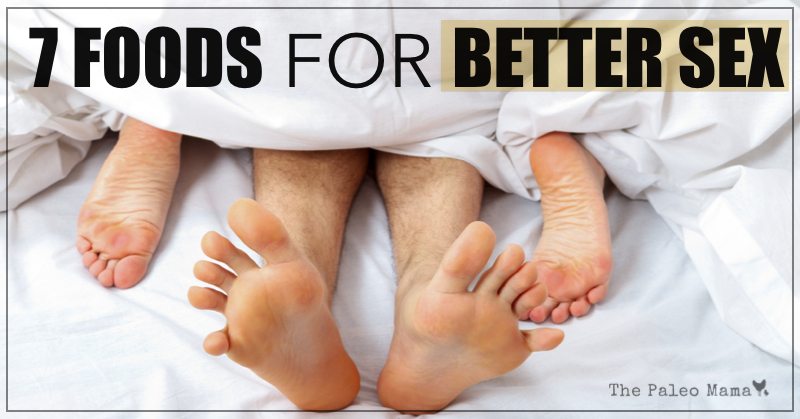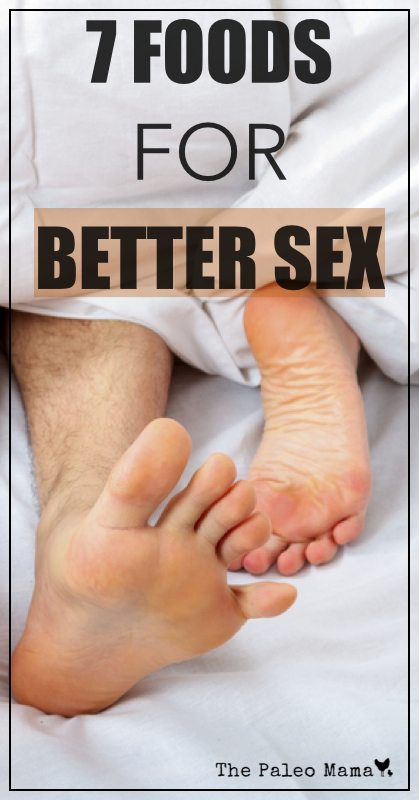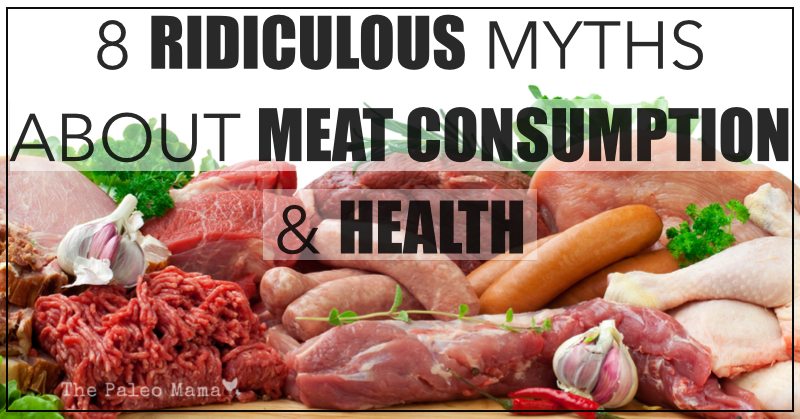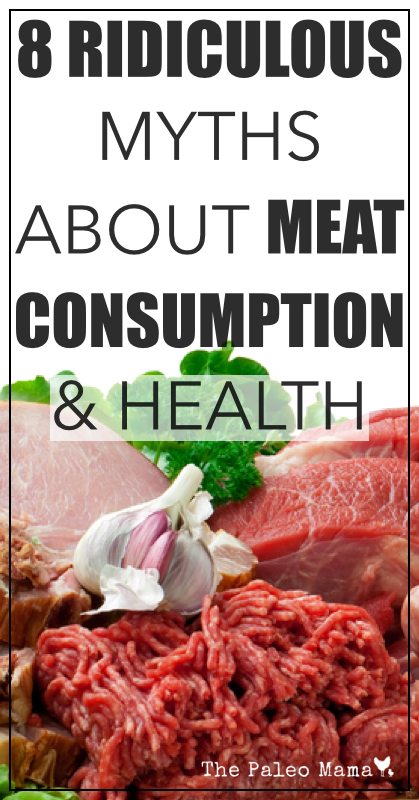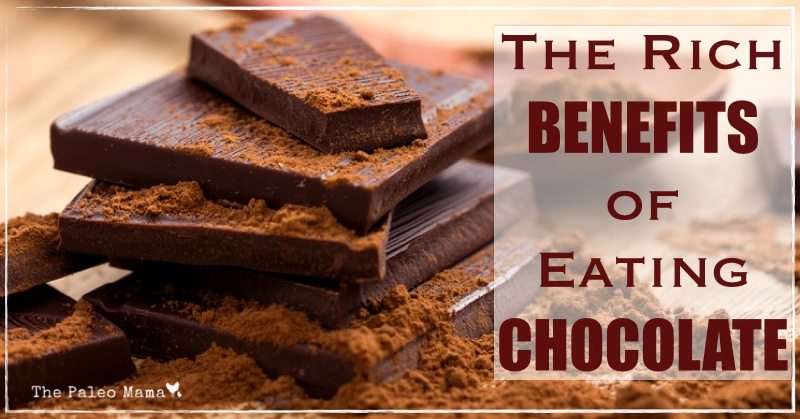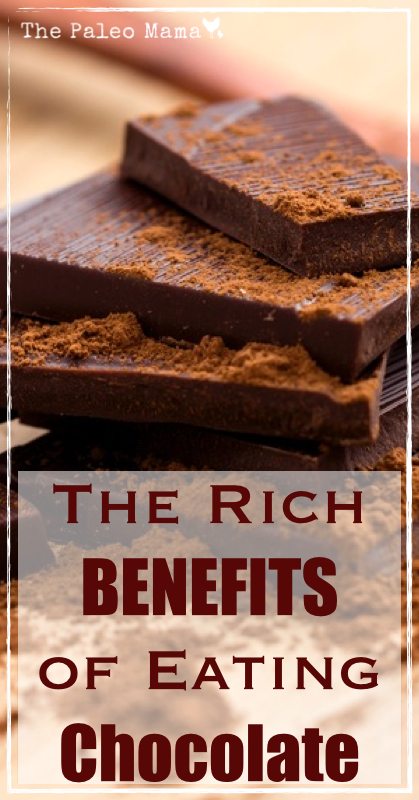
One of the best changes I’ve made to help me be happier is learning to see judging other people as a red flag.
Now, I’m not going to pretend I don’t ever judge other people — I think it’s either a built-in method all humans have, or something we develop because of built-in methods. We all judge people, and I’m not an exception.
But I’ve gotten better at noticing when it happens. And recognizing that it’s a sign of something harmful.
The judging itself isn’t bad. It’s what the judging is a symptom of that’s harmful. I say “harmful” instead of “bad” because instead of judging I’d rather observe that it causes harm.
What underlying harmful causes/situations are indicated by my judging people? Well, here are a few:
- I am very ignorant of what the person is going through.
- I don’t understand the situation.
- I have unrealistic expectations of people.
- I think I’m superior to other people.
- I’m not grateful.
- I’m being self-centered.
- I’m not being curious, but instead I close off all learning.
- I can’t really help the situation from a place of judgment.
How That Happens
Let’s take a fake but typical example so I can show you what I mean (I’m going to bold the symptoms, so forgive the overemphasis):
I see a relative who is actively harming her health, who is overweight and diabetic and yet smokes and eats junk food all the time and does other bad things. I know she can make her health better by changing her habits. I judge her for what she’s doing, think badly of her, get frustrated with her, dismiss her because she’s not worthy of my frustration. This kind of thing happens with me and lots of other people all the time — just change the details to spouse, co-worker, kid, friend and instead of unhealthy things, they’re doing something else you don’t like.
What’s going on in this example? Well, first, I’m ignorant of what she’s going through and I don’t understand the situation. She’s been depressed because of her health problems, feeling guilty, feeling stuck, feeling scared, untrusting of herself. Because of these bad feelings, she doesn’t like to think about health, and makes herself feel better through smoking and comfort food. She’s just trying to be happy. And in fact, I do the same kinds of things all the time — I fail. I feel bad. I comfort myself. So I’m not superior, even if I think I am.
What’s more, I’m not being grateful for the great person she is, despite her health problems. She’s wonderful. By focusing on judging her, I’m not appreciating that. Instead, I’m being self-centered by focusing on how much better I am, how she’s frustrating me, how my frustration is more important than any pain she’s feeling. I’m not being curious about who she is, what she’s going through and why … instead I have made a judgment and that stops all inquiry. And from this place of judgment, I can’t help because I have closed off dialog, and have written her off.
You can see how all of these things are harmful. They make me frustrated and unhappy, they harm my relationship with this lovely person, they stop communication and learning, they don’t allow me to help alleviate suffering, they close me off to what she has to offer me. Among other harms.
How to Let Go of Judging

First be aware that you’re doing it, and see it as a red flag. It’s not horrible to judge, but it’s a good sign that other things are going on that are harming you and others.
This takes practice. But there are symptoms that tell you you’re judging — if you feel angry or frustrated or dismissive of someone. If you’re complaining about someone, or gossiping about them. These are signs you’re judging. Recognize what’s going on.
After you notice the red flag, pause and be curious. Don’t get mad at yourself, but be curious:
- Why are you judging?
- What expectations do you have that are unrealistic?
- What can you guess about what the other person is really going through?
- Can you find out more? (This isn’t always realistic but sometimes you can.)
- What about the other person can you appreciate?
- Can you get out of your self-centeredness and put yourself in the other person’s shoes?
- Can you imagine a time when you were going through something similar?
Once you’ve done that, ask yourself: How can you help? What does this person need? Sometimes they just need someone to listen, someone to be a friend, someone to not judge, someone to accept them. Sometimes they need more — advice, a guide, a hug.
But you can’t help them from a place of judgment. Only when you let go of the judgment that has arisen, and come to a place of acceptance and curiosity and empathy, can you really help. And incidentally, you’ll be a lot happier in the process.
Article from Zenhabits
